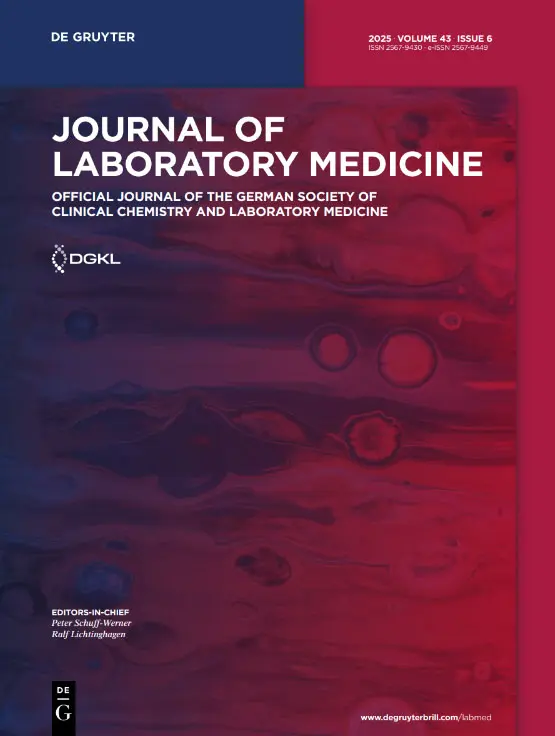DKLM 2025: Impact of Aerial Transport by Drone on HIL Indices in Blood Samples

Accurate laboratory diagnostics depend on the integrity of transported blood samples, particularly with regard to preanalytical quality markers such as the hemolytic, lipemic, and icteric (HIL) indices. These indices are essential for detecting sample degradation due to hemolysis, lipemia, or icterus. With drones gaining prominence in healthcare logistics—especially in rural or traffic-congested regions—this study assessed whether drone-based transport affects the stability of HIL indices in four common blood matrices.

Methods
A total of 25 samples per blood type (serum, EDTA whole blood, lithium-heparin plasma, citrate plasma) were transported using a medical-grade hybrid drone over a 25-kilometer route. Flights lasted 30 minutes at a cruising speed of 100 km/h and altitude of 100 meters. Blood samples were secured in insulated containers designed to limit vibration and thermal fluctuations. In-flight conditions were monitored continuously using environmental data loggers and accelerometers. HIL indices were measured before and after transport using spectrophotometry on a Roche Cobas system. Paired t-tests (p < 0.05) were used to evaluate statistical significance.
Results
No statistically significant changes were observed in HIL indices for any blood matrix. In serum, the hemolytic index decreased slightly by −0.15 (p = 0.19), and the lipemic index declined by −0.20 (p = 0.38). EDTA whole blood exhibited a comparable decrease in the hemolytic index (−0.15; p = 0.42) and a mild, non-significant increase in the lipemic index (+0.25; p = 0.23). Lithium-heparin plasma showed complete stability in the hemolytic index (0.00; p = 1.00) and only minimal variation in the lipemic and icteric indices (+0.05; p = 0.79). Citrate plasma demonstrated consistent results across all markers, with no statistically or clinically relevant deviations. All p-values exceeded the threshold of 0.05, confirming overall index stability.
Conclusion
The findings indicate that drone-based transport preserves HIL index integrity across multiple blood matrices, supporting its use in routine medical logistics. The drone system effectively minimized preanalytical variability, offering a reliable and environmentally friendly alternative to traditional transport methods. Given their ability to reduce delivery times and overcome geographic barriers, drones hold promise for wider integration into healthcare networks. Future studies should investigate the impact of drone transport on additional analytes and explore scalability in diverse clinical settings.
Noel Stierlin1; Martin Risch2; Lorenz Risch2
1Dr Risch / Private Universität im Fürstentum Liechtenstein, Klinische Chemie & medizinische Wissenschaften, Buchs , Switzerland; 2Dr Risch / Private Universität im Fürstentum Liechtenstein, medizinische wissenschaften, Triesen, Liechtenstein
Full article:




